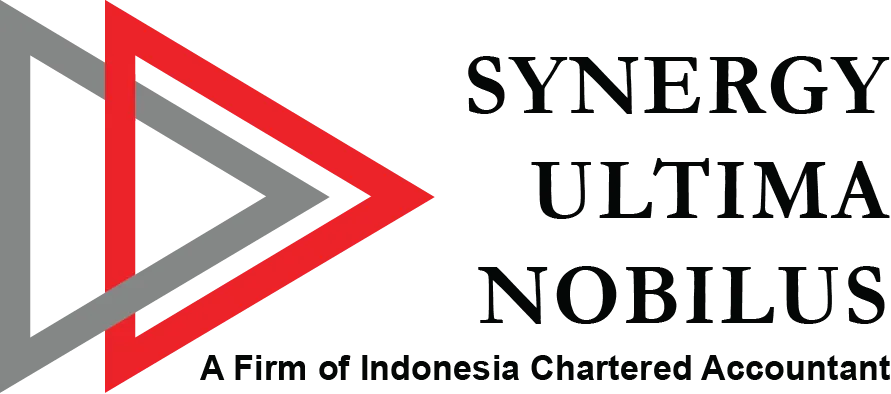- Phone: (031) 849 5566
- WA: +6282140060234
- Email: synergy@synergyultima.com
- Hours: Mon-Fri, 8am - 5pm
5 Ways TNA Boosts Training Effectiveness

5 ways TNA boosts training effectiveness by ensuring every program is relevant, goal-driven, and delivers measurable results. In today’s competitive and fast-paced business environment, organizations are expected to continuously develop their workforce. However, not all training programs lead to real improvement. One of the key reasons behind ineffective training is the lack of proper planning—especially the absence of a Training Needs Analysis (TNA).
TNA is a strategic and data-driven approach used to identify actual performance gaps and assess whether training is the right solution. By conducting TNA before launching any program, companies can ensure their training investments lead to measurable results instead of becoming just another corporate formality.
5 Ways TNA Boosts Impactful Employee Training
1. TNA Is a Strategic Investment in Employee Training
TNA is more than just an assessment tool—it is a long-term investment in your workforce. By understanding what employees truly need, organizations can design training programs that lead to real skill enhancement. Over time, this supports organizational growth and builds a culture of continuous improvement.
2. It Focuses Training on Real Performance Problems
With TNA, companies can zoom in on specific performance issues affecting individuals or teams. This ensures the training is relevant, customized, and aligned with actual challenges employees face in their daily roles.
3. TNA Saves Time and Budget on Irrelevant Training
One of the biggest mistakes in corporate training is spending valuable resources on programs that don’t match the needs. A proper TNA helps organizations prioritize training topics, eliminate waste, and deliver targeted sessions—resulting in better ROI and less downtime.
4. It Ensures the Right Solution for the Right Problem
Not every performance issue requires training as a solution. Sometimes, poor systems, unclear processes, or lack of communication cause the real problem. TNA helps organizations diagnose these issues accurately and apply training only when it offers the most effective outcome.
Read More : Getting to Know Yourself Better with Who Am I
5. TNA Helps Avoid Ineffective Training Programs
Without TNA, training often becomes a box-ticking exercise with no measurable outcomes. A well-executed analysis helps build programs that are not only engaging but also deliver tangible results, such as enhanced technical skills, better collaboration, and improved productivity.
For training programs to successful, they must begin with a clear understanding of what’s needed. Training Needs Analysis bridges the gap between company goals and employee development. It ensures every minute and dollar spent on training is worthwhile—and that’s what makes it a non-negotiable step for any high-performing organization.
Reference:
Pribadi, Benny A. (2016)





